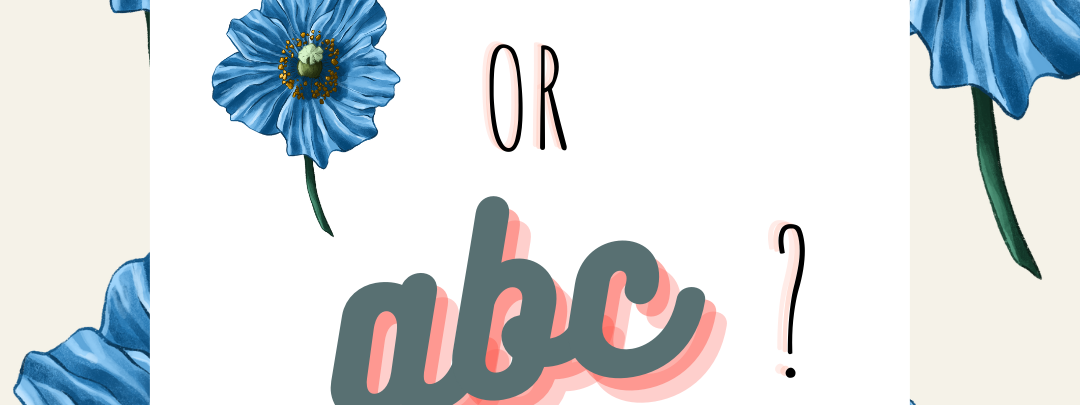When it's time to start introducing letters... which comes first? Upper or lower case?
When introducing letters visually, parents and carers should be showing lower case letters first. Lower case letters have much more value in terms of early literacy and phonemic awareness and link directly to phonics and decoding (reading words). The curved nature of most lower case letters make them slightly harder to recognise and distinguish apart, but over 95% of text is in lower case.
A few useful tips to start introducing letters:
- An important tip is to use the sound (phoneme) of the letter shown rather than the letter name. This means you are making links to reading really early on.
- Stick to single letter sounds first (s,a,t,p,i,n) and when you play games like Eye Spy, say the letter sound at the same time. Making sure 'sounds' are expressed purely is really important.
- You don't need to alter your accent but you do need to make sure you are not extending the sounds in a word by adding 'uh' after the sound. For example the word cat would sound odd if there was an 'uh' sound after the c and the t: cu-a-tu. The problem comes when you then blend the sounds back together to make the whole word.
- Have a quick listen here and notice there is no 'uh' sound.
How can you make letter recognition appealing to little ones?
The straight lines in upper case letters do make them slightly easier to recognise at an early age, but easier isn't always better!
Use flashcards, images, fridge magnets (lower case!), modelling (you write, they say), play- dough, shaving foam... play games and always make it fun!
What about writing?
Children need lots of opportunities to investigate 'mark making' activities before they hold a pencil for 'writing'. As mentioned, finger or stick writing in shaving foam, gloop, paint, flour etc is the best way to encourage the idea of one day, writing. The longer you leave holding a pencil, the better.
Young children's hands are still forming and growing and for many, holding a pencil too early can hurt. Having an early association between writing and pain is not a good way to pave the way for formal writing when they are ready.
Although upper case letters are a bit easier to form at a young age (again, due to consisting of mainly of straight lines), it's better to stick with having a go at forming lower case letters first, this will add to the work you have done with learning the letter sounds - again stick to saying the letter sounds for now rather than names.
Don't expect letter formation to be perfect and make sure letters are being practised on a large scale. An easel A-frame is best as small children need to be making big movements from the shoulder when 'writing' to get them strong enough for fine motor control through the wrist and hand.
What about the alphabet?
When you do introduce capital letters, try to do it alongside learning their order (use the alphabet song!) and use their letter names first before matching them with their lower case version. You can then say that they to have a sound as well as a name.
Try to point out capital letters in your children's books and talk about the fact that they have important jobs. A capital letter is always needed before a new sentence can start... a capital is needed at the start of someone's name, or at the start of a place name. If children can start to understand the jobs of print, they will be much better equipped to read.
If you do teach the alphabet song, don't forget to clarify that 'elemenowpee' is actually 'l, m, n, o, p' ! As always, make home learning sessions relaxed and fun, children learn best at their own pace and when they are happy!
You can find the cards used in the clip here.
Sign up today for unlimited access:
- Book appointments
- Expert advice & tips
- Premium videos & audio
- Curated parenting newsletters
- Chat with your bloss community
- Discounts & competitions
- Special events





Leave a Comment
You must be logged in to post a comment.